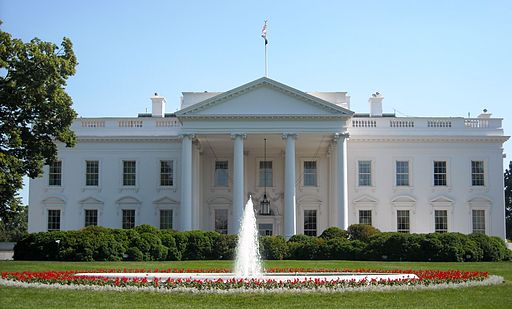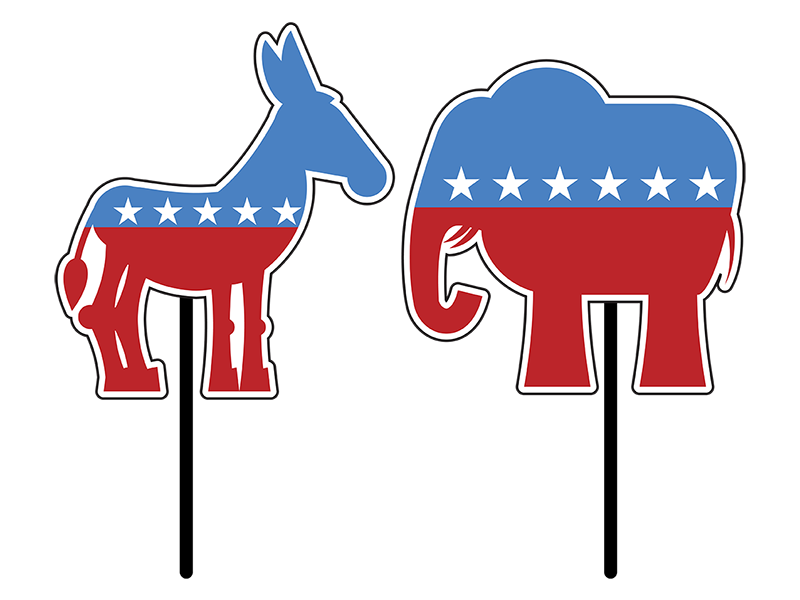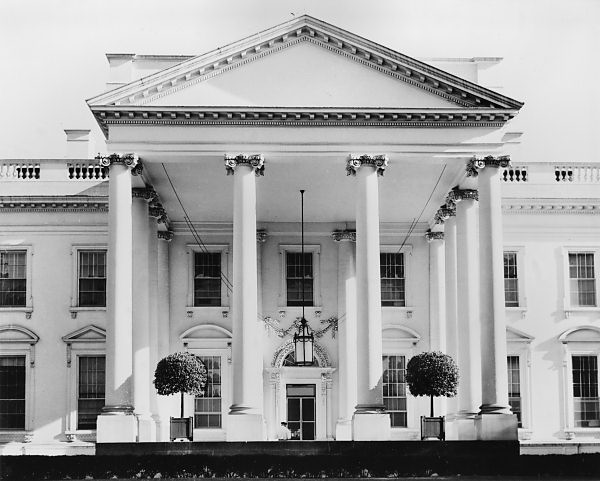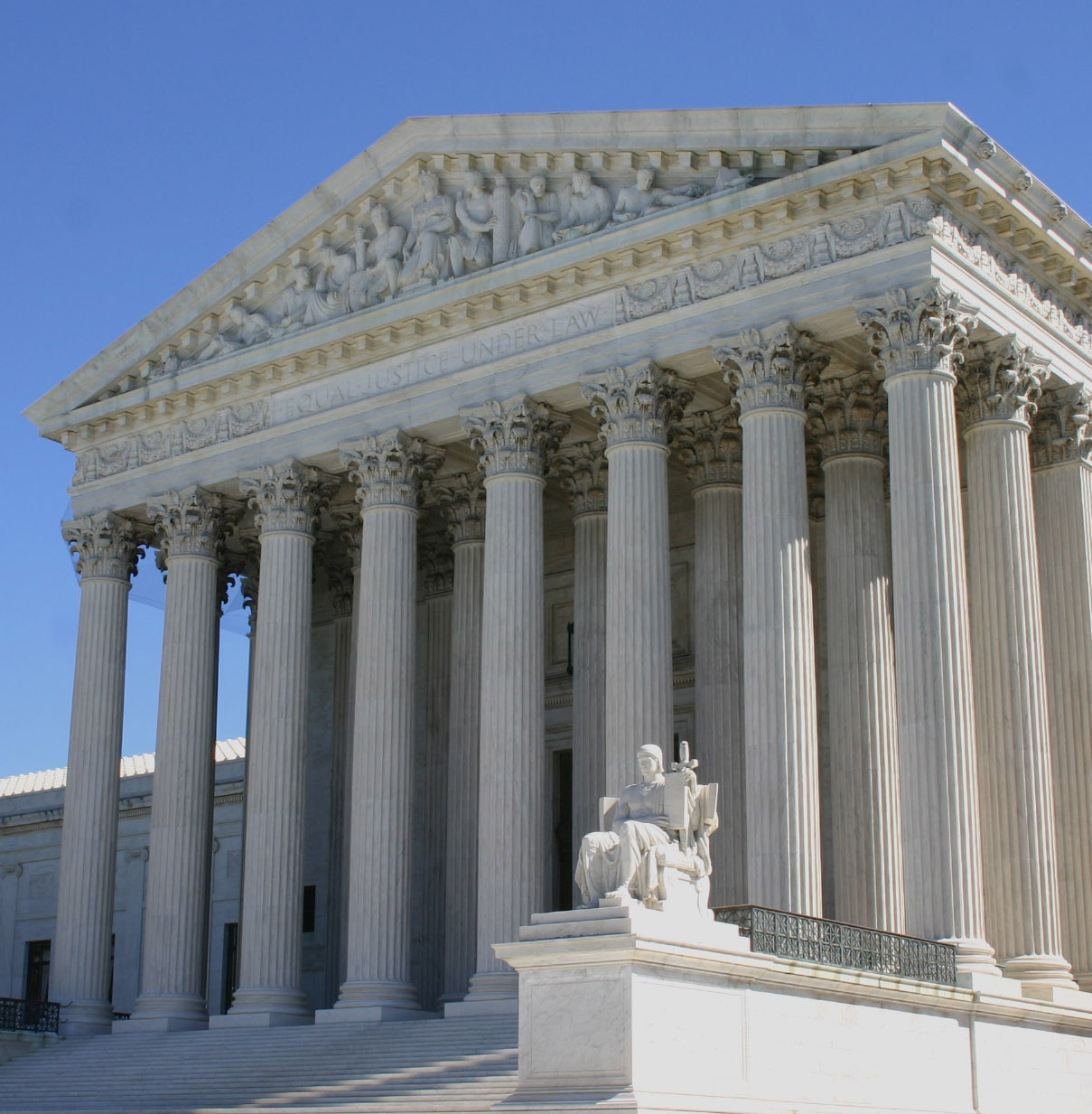Tag: ongoing tracking
-
Federal Register weekly update: Thirteen significant documents added

The Federal Register is a daily journal of federal government activity that includes presidential documents, proposed and final rules, and public notices. It is a common measure of an administration’s overall regulatory activity, accounting for both regulatory and deregulatory actions. From August 2 through August 6, the Federal Register grew by 2,000 pages for a…
-
OIRA reviewed 43 significant rules in July

The White House Office of Information and Regulatory Affairs (OIRA) reviewed a total of 43 significant regulatory actions issued by federal agencies in July 2021. The agency approved no rules without changes and approved the intent of 38 rules while recommending changes to their content. Five rules were withdrawn from the review process. OIRA reviewed…
-
July 2021 breakdown of state legislative party membership: 54.30% Republicans, 44.79% Democrats

54.30% of all state legislators are Republicans, and 44.79% are Democrats, according to Ballotpedia’s July partisan count of the 7,383 state legislators. Ballotpedia tallies the partisan balance of state legislatures at the end of every month. This refers to which political party holds the majority of seats in each chamber. Republicans control 61 chambers, while…
-
Ballotpedia releases federal judicial vacancy count for July 2021

In this month’s federal judicial vacancy count, Ballotpedia tracked nominations, confirmations, and vacancies in Article III courts from July 2 to Aug. 1. Ballotpedia publishes the federal judicial vacancy count at the start of each month. HIGHLIGHTS Vacancies: There have been two new judicial vacancies since the June 2021 report. There are 80 vacancies out…
-
Federal Register weekly update: Highest weekly significant document total so far in 2021

The Federal Register is a daily journal of federal government activity that includes presidential documents, proposed and final rules, and public notices. It is a common measure of an administration’s overall regulatory activity, accounting for both regulatory and deregulatory actions. From July 26 through July 30, the Federal Register grew by 1,442 pages for a…
-
Federal Register weekly update: Highest weekly page total of 2021 to date

The Federal Register is a daily journal of federal government activity that includes presidential documents, proposed and final rules, and public notices. It is a common measure of an administration’s overall regulatory activity, accounting for both regulatory and deregulatory actions. From July 19 through July 23, the Federal Register grew by 2,048 pages for a…
-
A look back at government responses to the coronavirus pandemic, July 27-31, 2020

Although the first case of COVID-19 in the U.S. was confirmed on Jan. 21, 2020, it wasn’t until March when the novel coronavirus upended life for most Americans. In subsequent months, states issued stay-at-home orders, closed schools, restricted travel, issued mask mandates, and changed election dates. Here are the policy changes that happened July 27-31,…
-
Federal Register weekly update: DHS reopens public comment on human trafficking victim classification

The Federal Register is a daily journal of federal government activity that includes presidential documents, proposed and final rules, and public notices. It is a common measure of an administration’s overall regulatory activity, accounting for both regulatory and deregulatory actions. From July 12 through July 16, the Federal Register grew by 1,408 pages for a…
-
Ballotpedia releases reversal rate analysis for U.S. Supreme Court’s 2020-2021 term

During its October 2020 term, the Supreme Court of the United States (SCOTUS) issued opinions in 69 cases. It reversed 55 lower court decisions (79.7%) and affirmed 14. This term’s reversal rate was 9 percentage points higher than the average rate of reversal since 2007 (70.7%). Sixteen cases originated from the 9th Circuit, the most…
-
A look back at government responses to the coronavirus pandemic, July 13-17, 2020

Although the first case of COVID-19 in the U.S. was confirmed on Jan. 21, 2020, it wasn’t until March when the novel coronavirus upended life for most Americans. Throughout the year, states issued stay-at-home orders, closed schools, restricted travel, issued mask mandates, and changed election dates. Here are the policy changes that happened July 13-17,…

